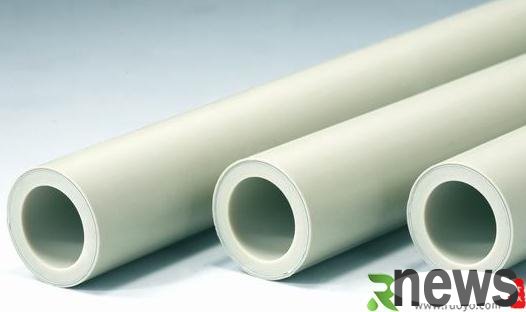
PPR tube? Cleaning and Maintenance of PPR tubes Introduction and Functions of PPR tubes
PPR tubes are also called random copolymer polypropylene (PPR). The product has good toughness, high strength, excellent processing performance, good creep resistance at higher temperatures, and has the unique high transparency advantages of random copolymer polypropylene. They can be widely used in the production of pipes, sheets, daily necessities, packaging materials, household appliance components and various films. Compared with traditional cast iron pipes, galvanized steel pipes, cement pipes and other pipes,
PPR pipes have the advantages of energy-saving and material saving, environmental protection, lightweight and high strength, corrosion resistance, smooth and non-scaling in the inner wall, simple construction and maintenance, and long service life. They are widely used in construction, municipal, industrial and agricultural fields such as urban and rural water supply and drainage, urban gas, electricity and optical cable sheath, industrial fluid transport, agricultural irrigation, etc.
PPR pipe selection skills
1. Pay attention to the determination of the overall usage coefficient C (i.e., safety coefficient): In general occasions, and the temperature is continuously < 70℃ for a long time, C=1.25 can be selected; in important occasions, and the temperature is continuously ≥ 70℃ for a long time, and it is possible to operate at a higher temperature for a long time, C=1.5;
2. For cold water (≤ 40℃) systems, P.N1.0~1.6MPa pipes and fittings are used; ≥ PN2.0MPa pipes and fittings are used for hot water systems.
3. After considering the above three principles, the SDR of the pipe fittings should not be greater than the SDR of the pipe material, that is, the wall thickness of the pipe fittings should not be less than the wall thickness of the pipe material of the same specification.
PPR pipe cleaning and maintenance
1. The PPR pipe should be concealed with pressure, and generally the working pressure should be used as the pressure holding pressure. The pressure can only be withdrawn after the concealed layer reaches the permitted strength.
2. Since the PPR pipeline has a soft texture and its mechanical strength is not as high as that of steel pipes, physical damage must be strictly prevented. After installation, the pipeline is strictly prohibited from being knocked, bumped, smashed, or pressed. Cover protection measures should be taken before concealing. Pipes located in the pipeline well should be taken to prevent bricks, debris, etc. from falling off and breaking the pipeline. Because the components of PP-R pipes should be prevented from chemical damage, which is very easy to ignore during construction. When installed outdoors or in direct sunlight, a deep-colored protective layer should be bandaged to prevent sunlight from causing chemical damage to the pipeline.
3. During the low temperature in winter, if there are no good insulation measures, the water in the PPR pipe should be blown away in time to prevent the pipe from freezing.
4. After the concealment is completed, be sure to make a mark to prevent other construction from destroying the pipeline.